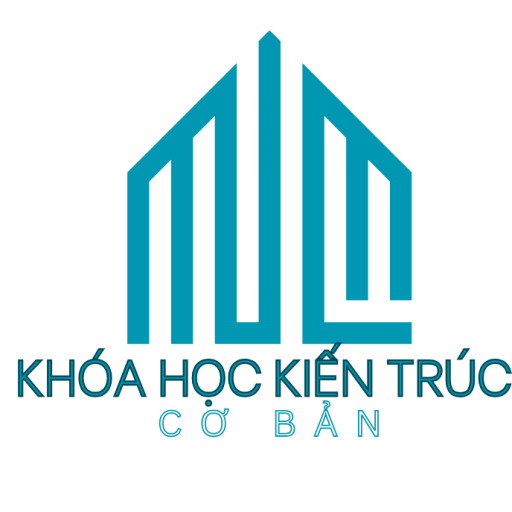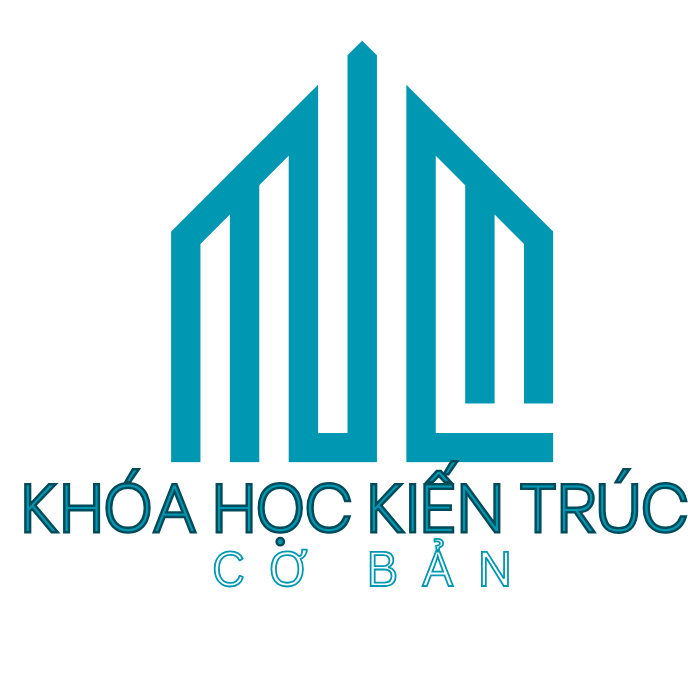Recently, machine learning has reshaped multiple industries, but maybe nowhere has seen more impressive innovations than visual content creation.
At the cutting edge of this paradigm shift are GAN models – a fascinating utilization of computational models that have transformed how we synthesize images.
What Are GANs
GAN systems were first introduced by AI pioneer Ian Goodfellow and his collaborators in 2014. This pioneering technique consists of two AI systems that collaborate in an adversarial manner.
The first network, on adobe.com designated as the synthesizer, works to generate visual content that resemble real. The discriminator, designated as the evaluator, aims to distinguish between genuine images and those produced by the generator.
This interplay generates a effective refinement process. As the discriminator gets better at spotting artificial content, the producer must enhance its skill to generate more genuine content.
The Development of GAN Technology
Since their inception, GANs have seen incredible advancement. Initial systems had issues with developing clear outputs and often generated muddled or misshapen outputs.
However, advanced generations like DCGAN (Deep Convolutional GAN), Progressive GANs, and Style Generative Adversarial Network have considerably upgraded result quality.
Perhaps the most remarkable development came with Style-GAN2, developed by NVIDIA researchers, which can synthesize exceptionally realistic facial images that are frequently difficult to distinguish from real photographs to the average person.
Uses of GAN Technology in Picture Synthesis
The utilizations of GAN technology in image generation are wide-ranging and continue to develop. The following are some of the most interesting uses:
Art Creation
GANs have forged new horizons for artistic expression. Platforms like NightCafe permit individuals to create stunning images by merely inputting what they desire.
In 2018, the image “Portrait of Edmond de Belamy,” created by a GAN, fetched for an astonishing $432,500 at Christie’s art auction, signifying the premier purchase of an AI-created painting at a significant art institution.
Image Optimization
GANs are excellent for processes like picture restoration. Applications employing GAN frameworks can upgrade inferior pictures, fix compromised visuals, and even apply color to B&W pictures.
This application has important implications for historical preservation, allowing for historical or damaged pictures to be reconstructed to extraordinary quality.
Data Augmentation
In AI, acquiring large training data is vital. GANs can develop more instances, facilitating solve constraints in present examples.
This function is particularly valuable in sectors like medical diagnostics, where confidentiality constraints and infrequency of special scenarios can constrain obtainable information.
Fashion Innovation
In the fashion industry, GANs are being employed to design new clothing, complementary pieces, and even complete lines.
Fashion creators can employ GAN tools to preview how specific styles might look on multiple figures or in assorted colors, considerably accelerating the development cycle.
Media Production
For media producers, GANs offer a robust tool for creating novel graphics. This is specifically useful in areas like publicity, electronic entertainment, and internet communities, where there is a unending appetite for new pictures.
Development Obstacles
Despite their exceptional functions, GANs still face many development obstacles:
Convergence Issues
An important challenge is training instability, where the synthesizer generates only certain kinds of outputs, neglecting the full diversity of feasible outputs.
Collection Skew
GANs evolve through the information they’re fed. If this data possesses predispositions, the GAN will reproduce these partialities in its generations.
To demonstrate, if a GAN is chiefly developed on images of specific demographics, it may find it challenging to synthesize varied images.
Hardware Requirements
Building complex GAN frameworks needs substantial system capabilities, involving advanced GPUs or TPUs. This forms a restriction for numerous scientists and smaller organizations.
Ethical Challenges
As with various computational tools, GANs pose significant ethical challenges:
Deepfakes and Misinformation
Possibly the most concerning deployment of GAN systems is the development of deepfakes – highly realistic but fabricated material that can present genuine people conducting or declaring things they never actually said or did.
This capability raises important questions about deception, election interference, involuntary pornography, and other detrimental utilizations.
Confidentiality Questions
The capability to develop convincing pictures of people creates substantial security matters. Questions about consent, ownership, and suitable implementation of visage become ever more relevant.
Artistic Value and Attribution
As AI-produced creative work becomes more refined, concerns appear about authorship, credit, and the worth of human innovation. Who should receive credit for an visual developed by an AI system that was designed by technologists and developed on humans’ productions?
The Future of GAN Technology
Examining what’s to come, GAN systems unceasingly advance at a rapid rate. Multiple promising innovations are on the edge:
Combined Frameworks
Future GANs will likely develop gradually adept of performing across different media, unifying words, image, acoustic, and even film content into integrated results.
Enhanced Precision
Developers are developing approaches to deliver users with greater command over the synthesized images, enabling for more accurate tweaks to particular aspects of the created visuals.
Enhanced Performance
Future GAN frameworks will likely become more streamlined, requiring decreased hardware capabilities to train and perform, making these systems more accessible to a larger variety of creators.
Final Thoughts
GANs have unquestionably changed the realm of image generation. From producing creative pieces to revolutionizing health scanning, these potent technologies persistently broaden the possibilities of what’s attainable with machine learning.
As these tools continues to advance, handling the enormous potential benefits with the moral concerns will be essential to establishing that GAN systems enhances significantly to global progress.
Whether we’re applying GANs to produce amazing visuals, revitalize old images, or further healthcare studies, it’s apparent that these impressive technologies will unceasingly affect our pictorial environment for eras to follow.
ai nudifiers

